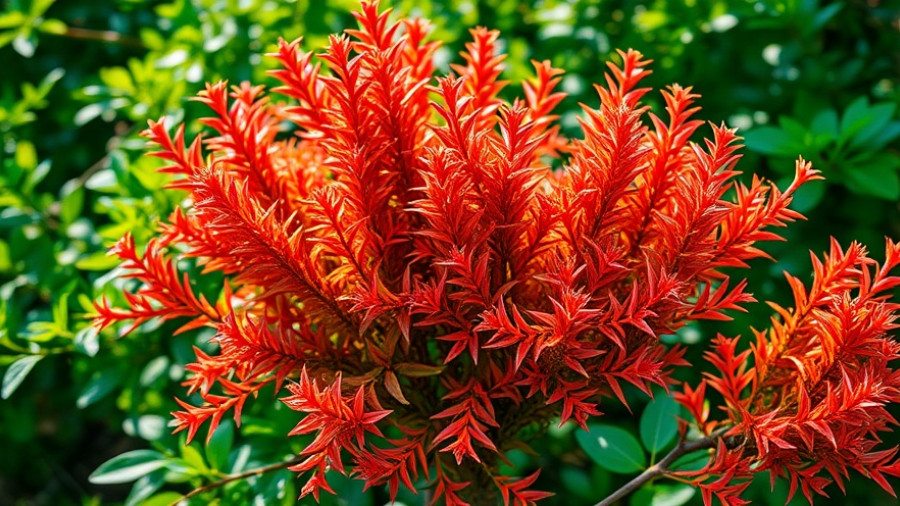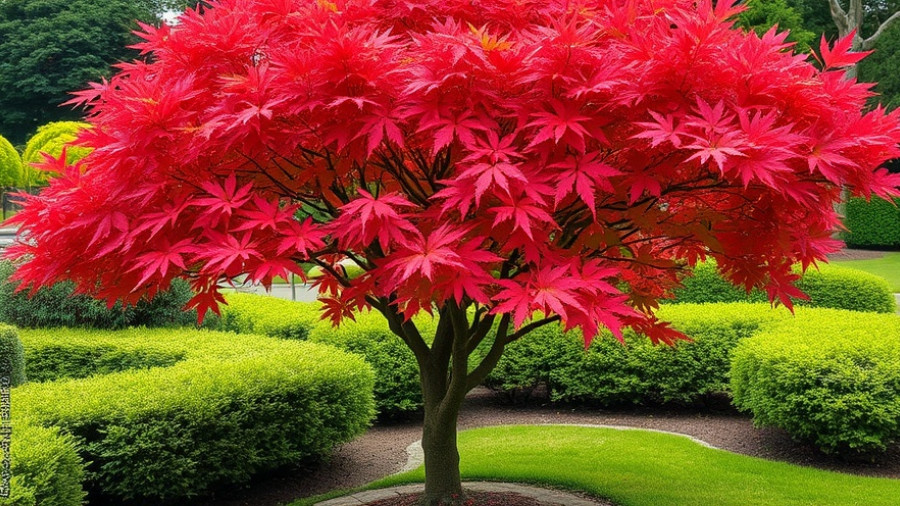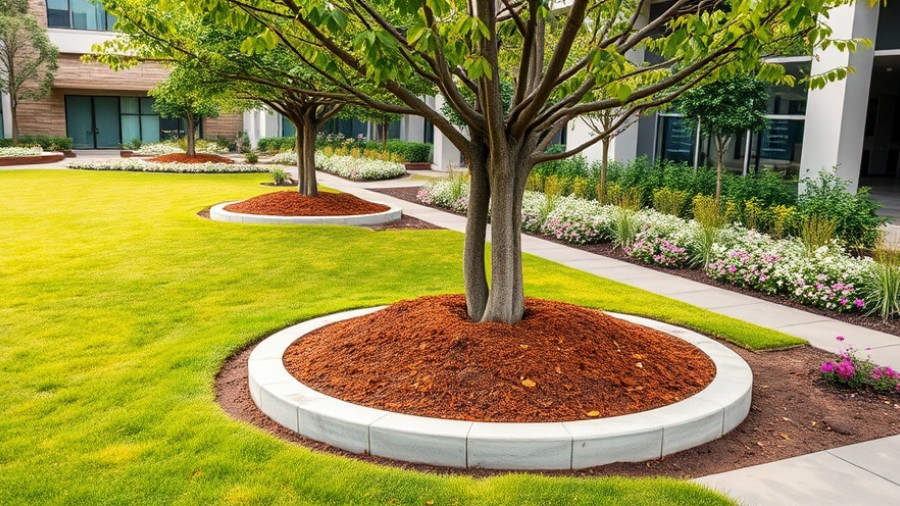
Protect Your Hemlock: Steps to Safeguard These Important Trees
Eastern hemlocks, known for their beauty and shade-loving nature, are under threat from an invasive insect known as the woolly adelgid. This tiny pest, measuring barely a millimeter, has begun decimating the hemlock population along the U.S. East Coast, presenting a significant challenge for homeowners who cherish these trees. The good news? With proper care and management, you can protect your beloved hemlock while enjoying your outdoor spaces.
In 'Saving the Trees | This Old House,' the discussion dives into how to protect eastern hemlock trees from the invasive woolly adelgid pest, prompting a deeper analysis of effective treatment strategies.
Understanding Woolly Adelgid: The Silent Destroyer
The woolly adelgid is a non-native insect that feasts on the sap of eastern hemlocks, weakening them and making them more susceptible to other diseases. Arborists, like Josh Fritz featured on This Old House, emphasize the importance of identifying these pests early. An up-close examination often reveals the white, cottony egg sacs that house thousands of adelgids, which can take a toll on a tree's health if left untreated.
Effective Treatment Options for Homeowners
But how can you stop this infestation? One of the preferred treatment methods discussed is the use of horticultural oil. This oil acts as a suffocating agent, effectively drying out the pests with regular applications. Josh recommends employing this treatment during the cooler months when the adelgids are active, typically in early spring and again in the fall. Homeowners should be prepared for at least two to three treatments each year to maintain control over the pest population.
The Importance of Timing and Technique
Successful treatment against woolly adelgids requires a careful approach. According to experts, the best time to apply horticultural oil happens in cooler weather, which is vital for its efficacy. Arborists like Josh advise that a 2% oil mixture can be sprayed on the affected areas without a respirator, making it a safe choice for homeowners looking to protect their trees without causing harm to their outdoor environment.
Why Trees Matter: More Than Just Aesthetics
Safeguarding trees like the eastern hemlock is not only about preserving aesthetics in your landscape. Trees play a crucial role in supporting biodiversity, mitigating climate change, and enhancing property values. By taking proactive measures against pests such as the woolly adelgid, homeowners contribute to a healthier ecosystem.
Your Next Steps: Engage and Act
Understanding the impact of the woolly adelgid and taking essential steps for treatment will protect your trees and allow you to enjoy your outdoor spaces more fully. Not only can you preserve your hemlocks, but you can also create an inviting environment for family gatherings. With increasing awareness surrounding these pests, join the conversation to protect our native trees. Take action in your garden today—because healthier hemlocks mean healthier homes.
 Add Row
Add Row  Add
Add 




Write A Comment